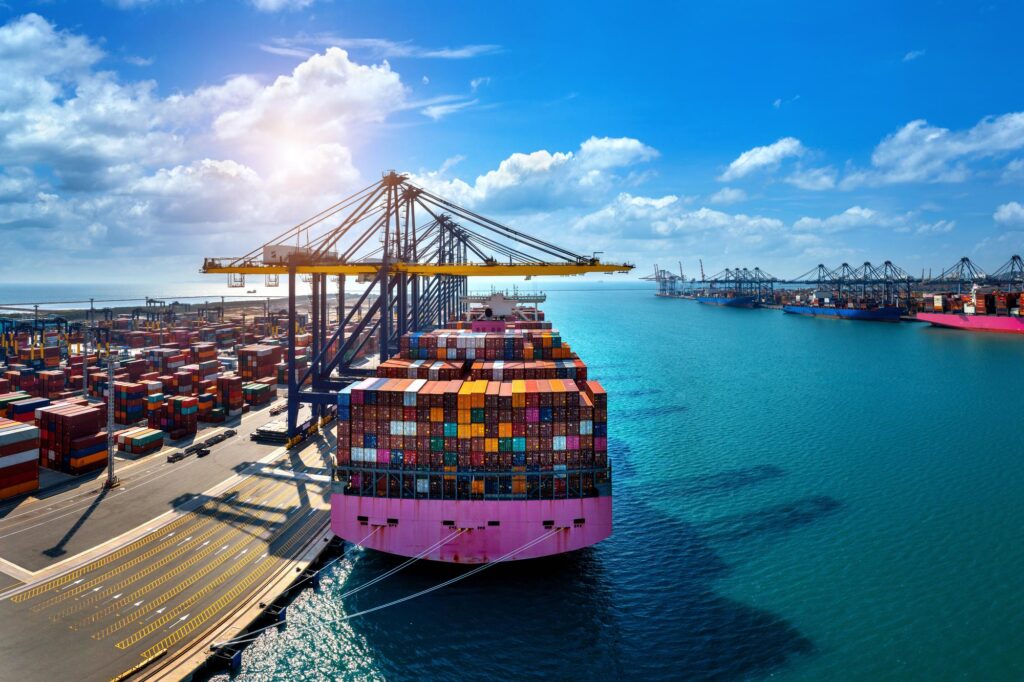Iran’s economy, heavily reliant on oil exports, has faced significant challenges, especially since the re-imposition of sanctions in 2018. Recent data on non-oil exports however reveals a potential avenue for economic recovery and resilience. Between March and November 2024, Iran’s non-oil exports rose by 18% in value and 14.66% in weight, signaling that diversification efforts are gaining traction. But, the question remains: can non-oil exports pull Iran out of economic isolation?
Historically, Iran’s pre-1979 economy was more diversified, benefiting from strong non-oil exports like carpets, agricultural products, and textiles. The revolution shifted priorities toward self-sufficiency, particularly in agriculture, but also ushered in decades of economic volatility exacerbated by international sanctions. Before the 2018 sanctions, Iran experienced a brief period of growth, fueled by the Joint Comprehensive Plan of Action (JCPOA). It enabled greater access to global markets, boosting both oil and non-oil sectors. However, the withdrawal of the U.S. from the JCPOA marked a sharp decline in trade, particularly with Western nations.
The current data paints a mixed picture. While non-oil exports reached $38.152 billion in the first eight months of the Iranian year, imports exceeded this figure, resulting in a negative trade balance of $7 billion. Nevertheless, the primary export destinations, China, Iraq, the UAE, Turkey, and India, highlight Iran’s growing trade focus within the Global South. This shift aligns with Iran’s strategy to counter Western isolation by deepening ties with regional and BRICS+ partners.
Petrochemicals, liquefied natural gas, and bitumen remain significant components of Iran’s non-oil export portfolio, but these are still tied to the energy sector. To truly diversify, Iran has to invest in high-value industries like technology, manufacturing, and technical engineering services. Technical engineering services brought in $1.293 billion last year, illustrating untapped potential in this sector.
Iran’s non-oil exports have declined in value despite rising in volume, reflecting global price pressures and competition. Logistical and financial barriers, resulting from sanctions limit Iran’s ability to expand trade networks. Even within the MENA region, disputes over shared resources, like water, strain relations with key neighbors like Iraq and Afghanistan.
Despite these hurdles, the growth in non-oil exports suggests a promising foundation for recovery. Partnering with countries less influenced by U.S. sanctions, like China and Russia, could further bolster trade. Additionally, modernizing industries, improving trade infrastructure, and resolving regional disputes could enhance Iran’s competitiveness.
While non-oil exports alone cannot fully shield Iran from economic isolation, they represent a viable path toward greater resilience. By leveraging its regional partnerships and diversifying its economy beyond hydrocarbons, Iran can mitigate the impact of sanctions and pave the way for long-term stability. Success, however, hinges on sustained policy reforms, regional cooperation, and strategic investments.





